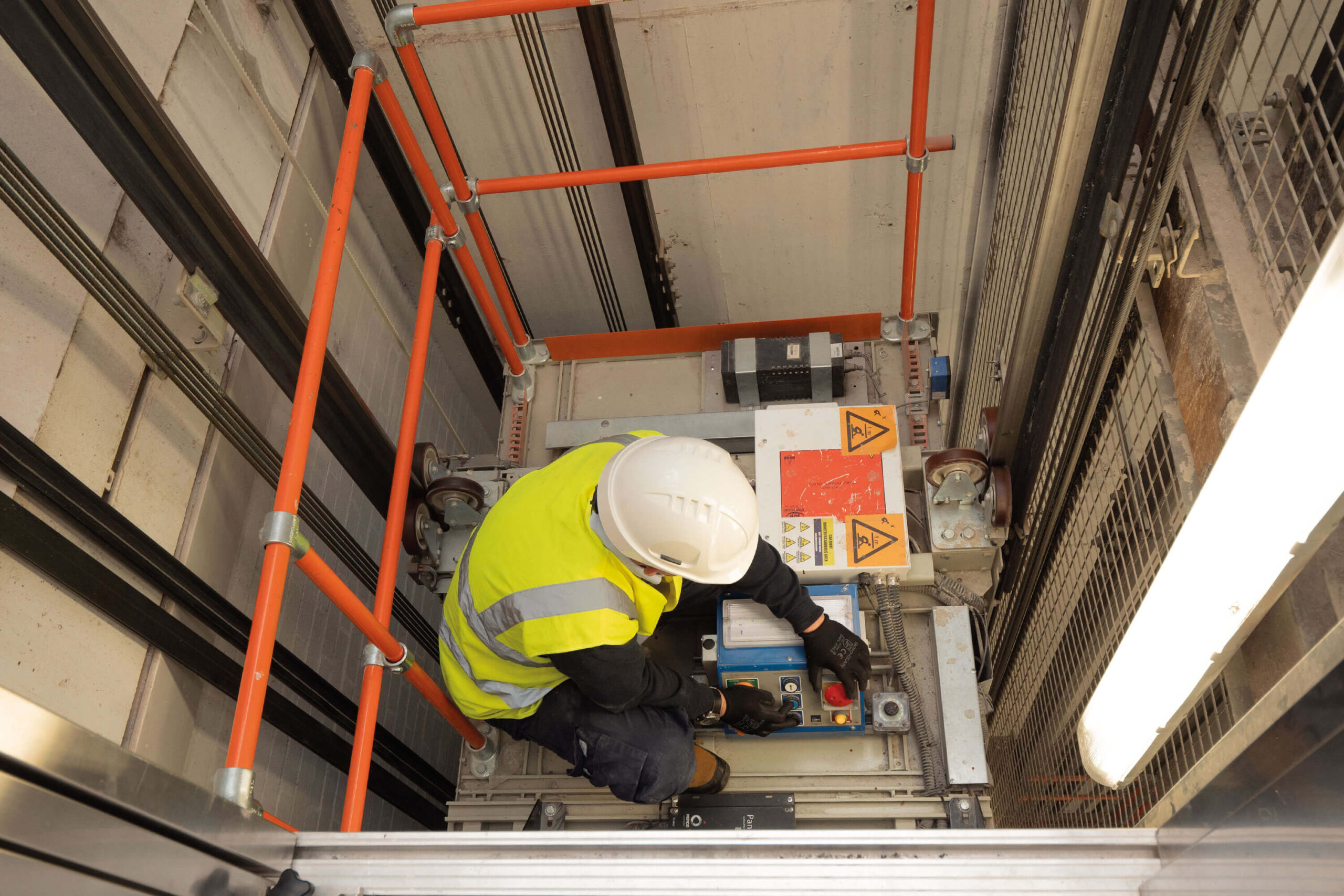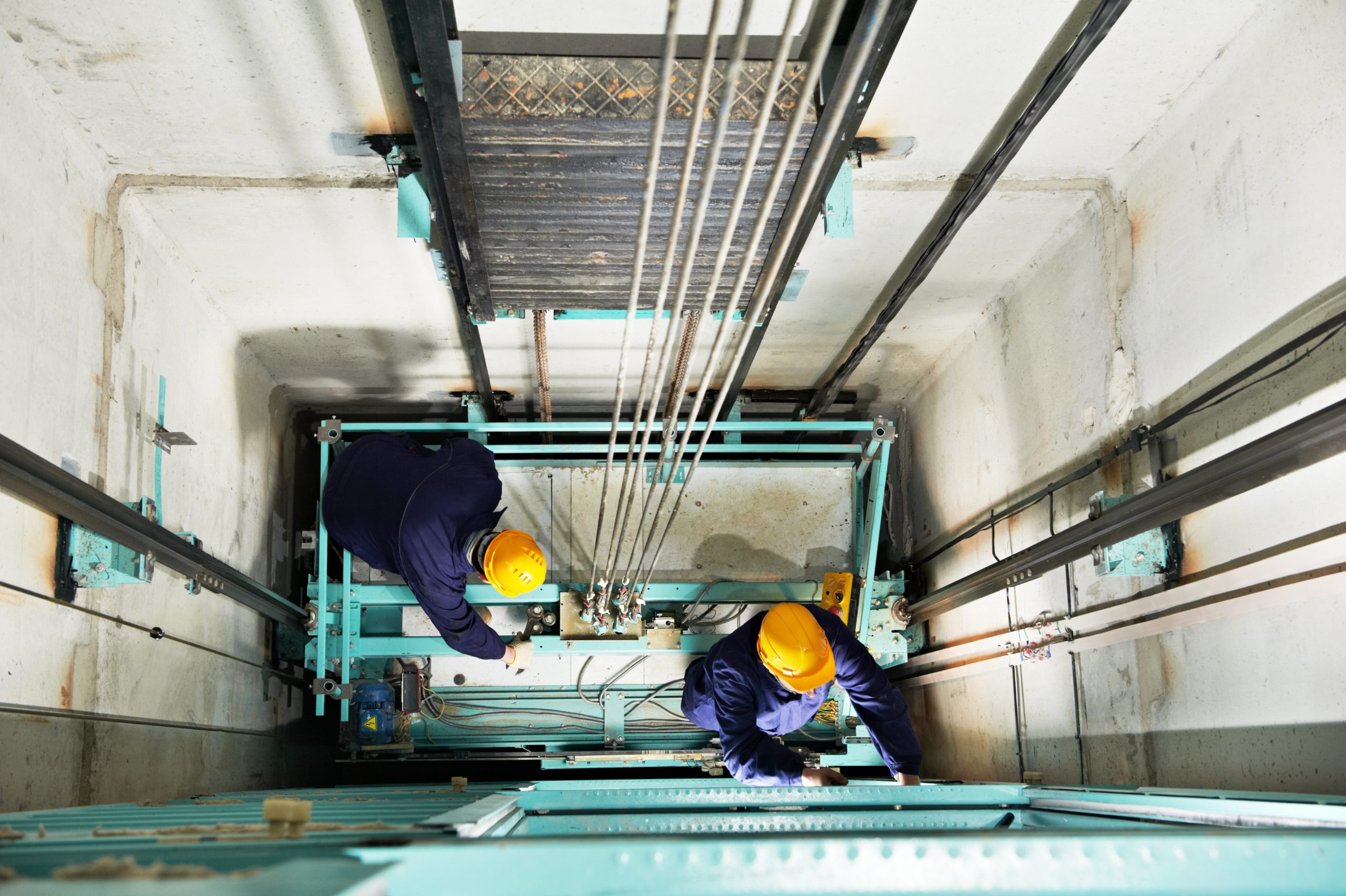Cost Effective Lift Maintenance Repair: Maintaining Your Lifts Running Smoothly
Cost Effective Lift Maintenance Repair: Maintaining Your Lifts Running Smoothly
Blog Article
Pro Tips for Keeping Your Lift in Leading Problem: A Thorough Introduction
Guaranteeing the ideal performance of a lift system is crucial for a secure and reliable procedure in various setups, from industrial storage facilities to commercial structures. By adhering to an organized upkeep program and preemptively dealing with possible issues, lift proprietors can minimize pricey downtime and safety dangers.

Relevance of Normal Maintenance
Regular upkeep of your lift is vital to ensure its optimum efficiency and durability. By sticking to a regular upkeep routine, you can identify and deal with possible concerns prior to they escalate into pricey repair services or unforeseen downtime. Regular maintenance tasks such as lubricating moving components, checking for wear and tear, and inspecting hydraulic systems can assist protect against breakdowns and make sure risk-free procedure.
Neglecting normal maintenance not just compromises the effectiveness of your lift yet additionally poses security risks to individuals and building. Elements that are not correctly preserved might fail unexpectedly, bring about accidents or damages to the lift itself. Additionally, addressing problems at an early stage through maintenance can extend the life expectancy of your lift and decrease the likelihood of major failures.
In enhancement to boosting security and performance, regular maintenance can additionally conserve you cash over time. By spending in precautionary maintenance steps, you can prevent expensive repair work or replacements that might occur from disregarding the upkeep of your lift. Generally, prioritizing routine upkeep is important for optimizing the capability and longevity of your lift system.
Top Elements to Evaluate

In addition, pay attention to the lift's security functions, such as emergency situation quit switches, security sensing units, and interlocking devices, to guarantee they are operating properly. Frequently evaluate the lift shaft for debris or obstructions that can hamper the movement of the lift auto. Finally, don't fail to remember to examine the doors, hinges, and door drivers to ensure smooth opening and closing operations. By thoroughly evaluating these leading parts, you can capture prospective problems early and guarantee your lift remains in top condition.
Aggressive Fixing Methods
When encountered with prospective lift system issues, embracing proactive troubleshooting methods can dramatically enhance functional performance and protect against pricey downtime. One of the vital positive troubleshooting strategies is to consistently keep track of and assess lift efficiency data. By tracking metrics such as lift rate, motor temperature level, and power usage, maintenance groups can identify very early indicators of prospective issues and take restorative actions before they escalate. Performing routine visual inspections of important components, such as wires, pulleys, and safety and security systems, can likewise assist in spotting wear and tear or misalignments that could lead to breakdowns. In addition, carrying out a preventative maintenance timetable that consists of lubrication of moving parts, screening of emergency brakes, and calibration of sensors can proactively address typical lift system issues.
Moreover, spending in training programs for upkeep team on repairing strategies specific to the lift version set up can empower them to diagnose and resolve concerns quickly. By staying ahead of prospective problems via proactive troubleshooting, lift operators can ensure a smoother and more trustworthy procedure while decreasing the danger of unexpected break downs.
Important Lubrication Practices
Applying proper lubrication techniques is essential for ensuring the smooth procedure and longevity of lift systems. Normal lubrication assists decrease friction in between relocating parts, avoiding damage that can result in costly repair work and downtime. When it concerns lift maintenance, following a strict lubrication timetable is crucial.
Picking the right lubricant is the primary step in effective maintenance. Different parts of the lift system might need specific kinds of lubes, such as oil or oil. Seek advice from the producer's guidelines to identify the suitable lubricating substances for each and every part.

Consistently examining the condition of lubricated components is also vital. Seek signs of excessive wear, contamination, or poor lubrication. Resolve any kind of issues promptly to avoid further damage and make sure the continued smooth operation of your lift system. By focusing on correct lubrication methods, you can prolong the lifespan of your lift and maximize its performance.
Precaution for Lift Operators
In order to maintain a risk-free functioning environment and maintain operational effectiveness, lift operators must carefully stick to suggested safety and security protocols, together with prioritizing essential lubrication techniques for optimal lift efficiency. Security procedures for lift operators are important to avoid mishaps and guarantee the smooth functioning of the lift system.
In addition, lift drivers must focus on individual safety devices (PPE) such as helmets, handwear covers, and security harnesses when operating at elevations or taking care of hefty tons. Clear communication amongst operators, maintenance technicians, and other workers is important to avoid misconceptions that can result in accidents. Last but not least, drivers should remain alert, concentrated, and avoid diversions while operating the lift to ensure the safety and security of themselves and others in the location.
Final Thought
In conclusion, preserving a lift in top condition is important for guaranteeing security and effectiveness in procedures. Routine maintenance, complete evaluations of crucial parts, positive troubleshooting, appropriate lubrication methods, and adherence to security steps are vital for lengthening the lifespan of the lift and stopping accidents. By adhering to these standards, lift operators can ensure the ongoing capability and safety and security of their devices.
By sticking to a structured maintenance program and preemptively dealing with potential concerns, lift proprietors can alleviate expensive downtime and safety dangers. On a regular basis evaluate the lift shaft for particles or obstructions that might restrain the motion of the lift car.In order to maintain a safe functioning environment and promote operational effectiveness, lift operators should carefully stick to suggested safety and security procedures, along with prioritizing essential lubrication methods for optimum lift efficiency. Read More Here Safety actions for lift operators are important to stop accidents and make certain the smooth This Site functioning of the lift system. Routine maintenance, detailed evaluations of key parts, proactive troubleshooting, proper lubrication techniques, and adherence to security procedures are necessary for lengthening the lifespan of the lift and avoiding crashes.
Report this page